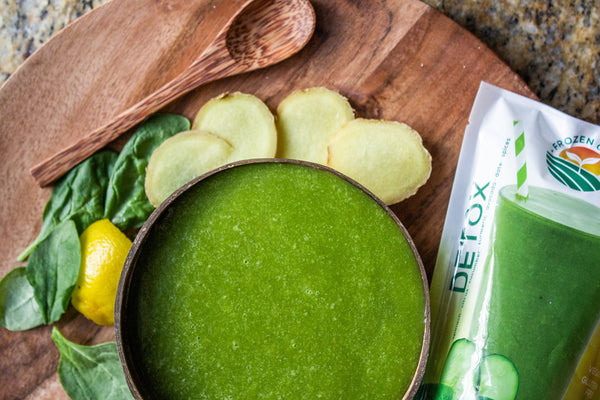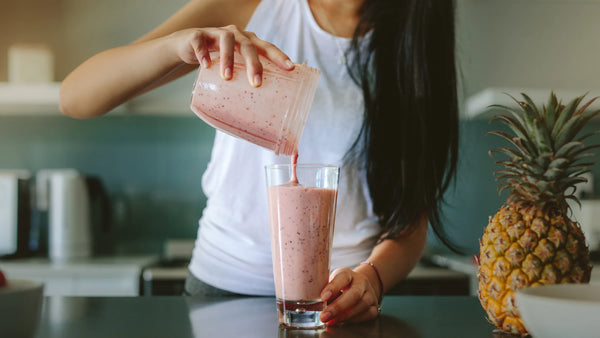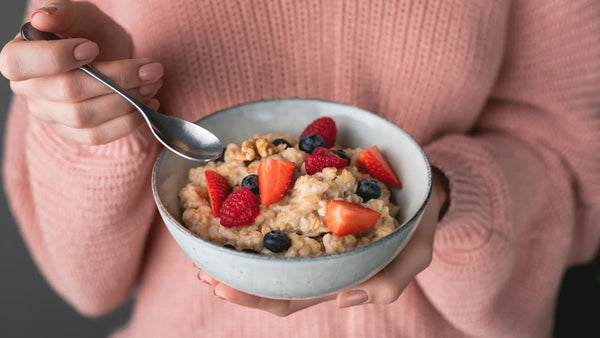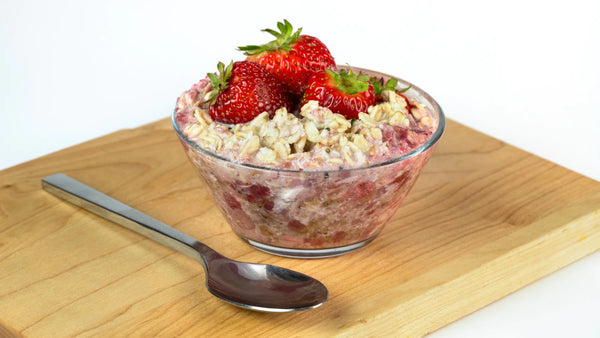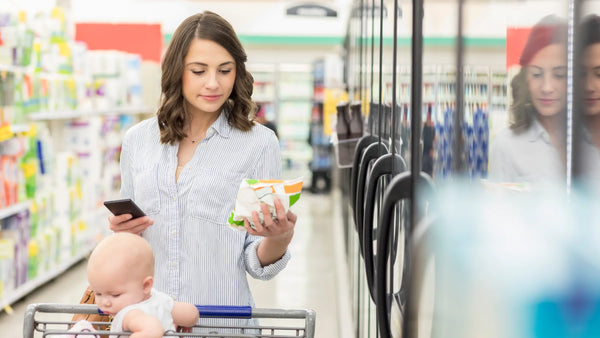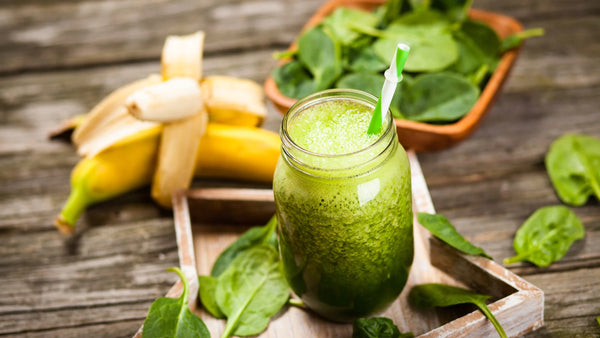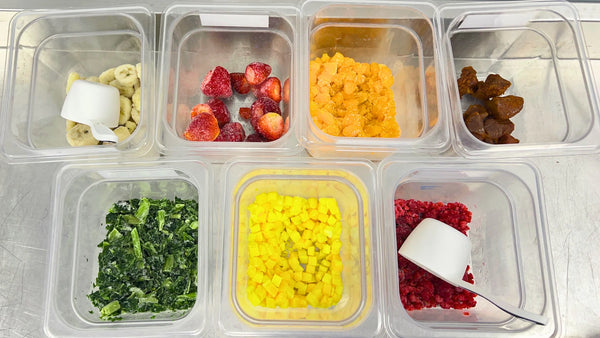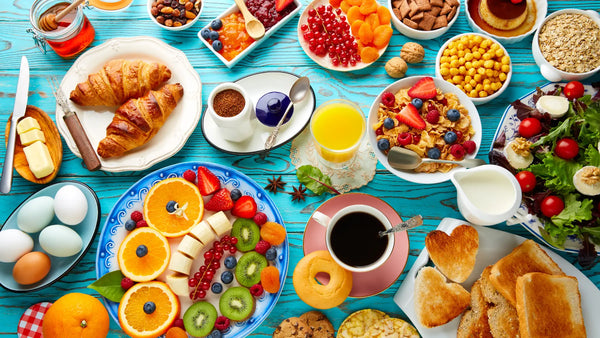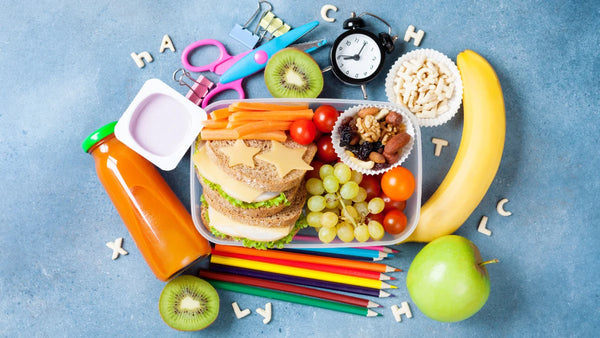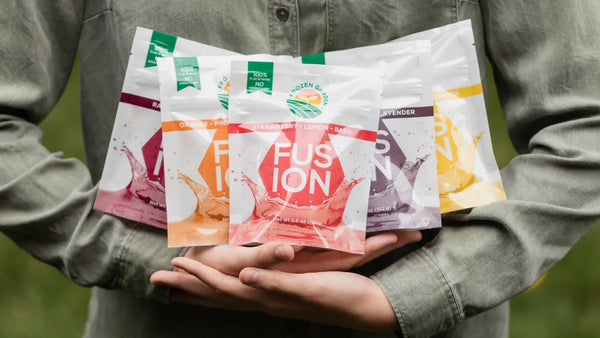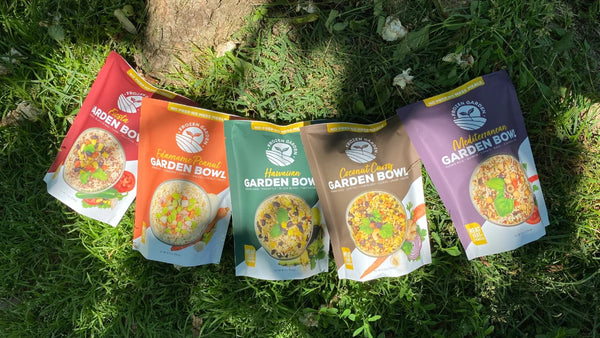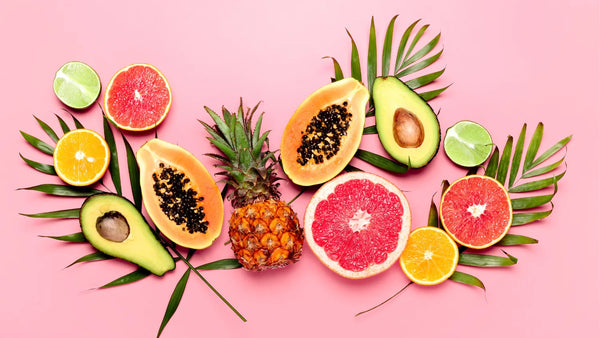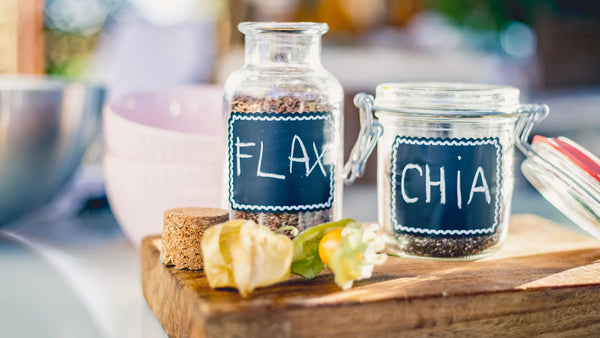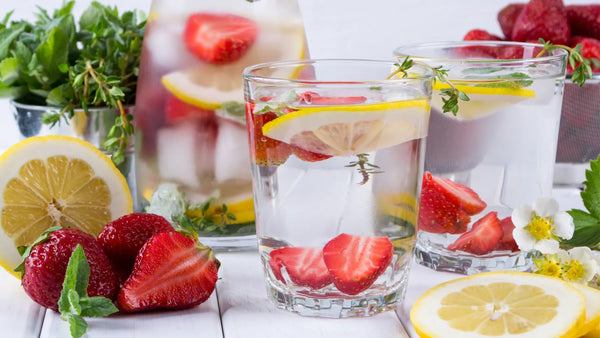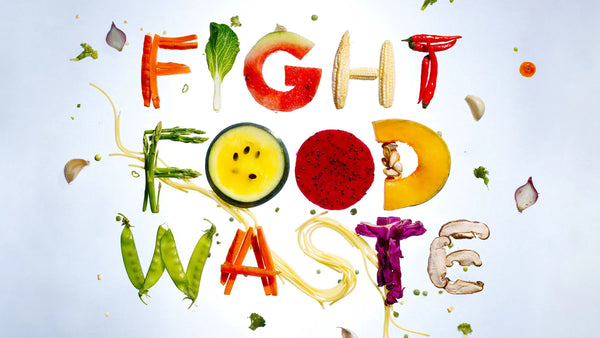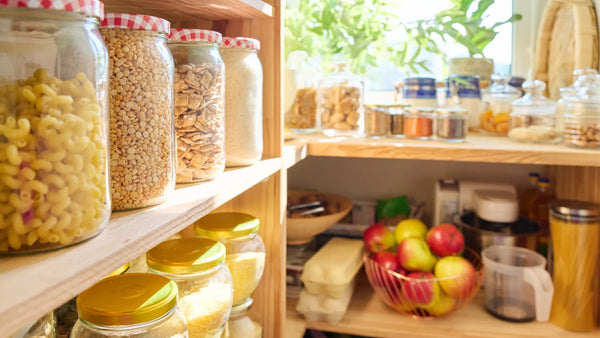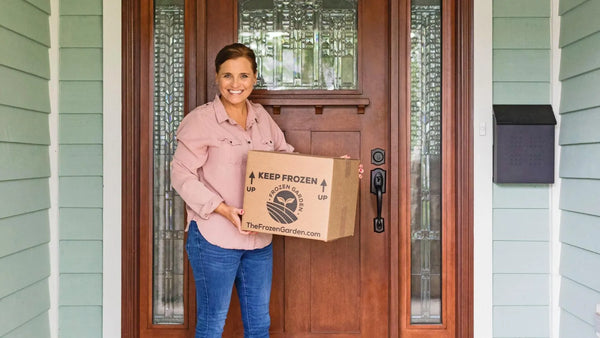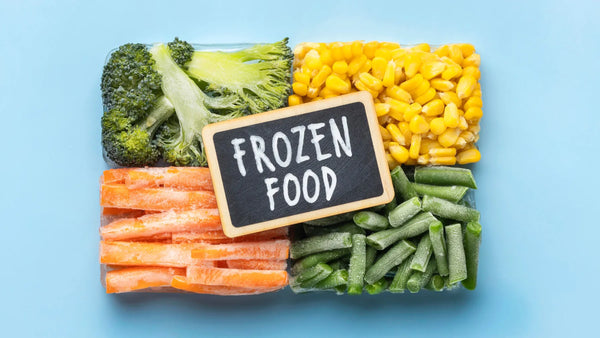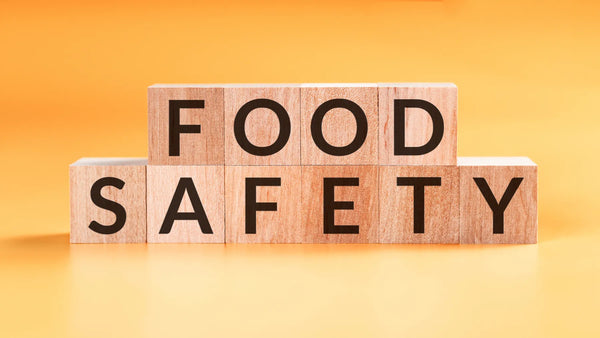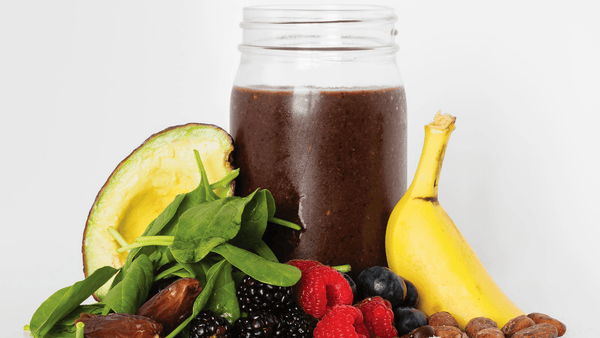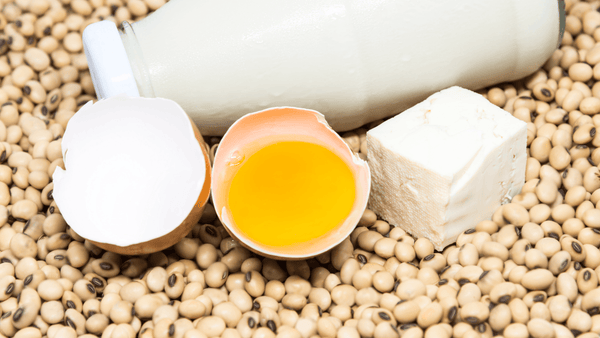To begin your clean eating journey, you'll want to start with the basics - fruits and vegetables. Fruits and vegetables are some of the most nutrient-dense foods you can eat with green leafy vegetables being at the top! You can eat any and all fruits and vegetables, but try to eat a wide-range to ensure you are also getting a wide-range of nutrients.
Many people wonder if they must eat organic fruits and vegetables...and what about local? We will tackle those concepts below, but the most important thing is that you are eating fruits and vegetables because the nutrients your body absorbs from fruits and vegetables outweighs the possible risks of pesticides if the alternative means you aren't eating these nutrient-dense powerhouses.
Local versus Organic
Organic food is grown on farms committed to environmentally friendly agricultural methods. In order to produce as organic, these farms must meet government standards. However, when organic food travels long distances to market, it creates pollution that sometimes outweighs the positive environmental effects of organic farming. Alternatively, food grown locally is fresh and seasonal. The time from when the produce was harvested to when you actually consume it is a much smaller span of time, thus allowing for higher levels of nutrients. Buying local food also allows you to help your community's economy and helps reduce the environmental costs associated with food miles. The Frozen Garden philosophy is that local always trumps organic but ultimately it is a personal choice for you to make based on what you have access to and what you can afford.
When to Buy Organic
I am personally a big fan of the Environmental Working Group's Dirty Dozen List (EWG). Each year, the EWG publishes its annual rating of conventional foods with the most and least pesticide residues. Groceries can be very expensive when shopping for an entire family. I utilize this list to get the most bang for my buck when shopping for fruits and vegetables. For items on the Dirty Dozen list, I will buy organic or local when available, or replace with something not on the list if I don't have access to organic or local. For the items on the Clean Fifteen list, I tend to always buy those conventional or local to save money on my grocery bill. I suggest printing this list and keeping it with you when you shop!
We follow the same philosophies at Frozen Garden. We source the items on the Dirty Dozen list either commercial certified organic or from local farmers who do not use synthetic pesticides or fertilizers.

Green Smoothies
Green vegetables are the most commonly missing food in modern diets. Learning to incorporate dark leafy greens into the diet is essential to establishing a healthy body and immune system. Greens help build your internal rainforest and strengthen the blood and respiratory system. Nutritionally, greens are very high in calcium, magnesium, iron, potassium, phosphorous, zinc, and vitamins A, C, E, and K. They are loaded with fiber, folic acid, chlorophyll, and many other micronutrients and phytochemicals. Although choosing organic or local is recommended as most greens are on the Dirty Dozen list, eating non-organic greens is still preferable to not eating any greens at all.
An easy way to work in a lot of fruits and vegetables into your diet is with Green Smoothies. What are Green Smoothies? Green Smoothies are dark leafy greens that have been blended with other fruits and vegetables into an easy to consume and tasty drink.
dark leafy greens + fruits/vegetables + liquid-base = green smoothie
If you are a beginner in the world of green smoothies, start with spinach as your dark leafy green and always incorporate a banana to help offset the bitterness of the greens. At Frozen Garden, we recommend beginners start with Jungle Breeze, Rollin' Oats, or Berry Choco-Latte.
As you become more advanced and adventurous in your Green Smoothies, give these a try: Detox, Green Protein, Very Veggie
Keep ⅔ of Your Plate Fruits and Vegetables
We don’t want you to count, measure or weigh your food. Eating clean and Getting REAL is NOT about portion control. Instead, you are encouraged to eat lots of REAL food. In order to really increase your consumption of the most nutrient-dense foods, fruits and vegetables, you are going to want to target having at least ⅔ of your plate filled with fruits and vegetables. Try to keep this ratio for each and every meal as you get started on your clean eating journey.
Missed our first blog post in this Getting REAL series? Check it out here.




